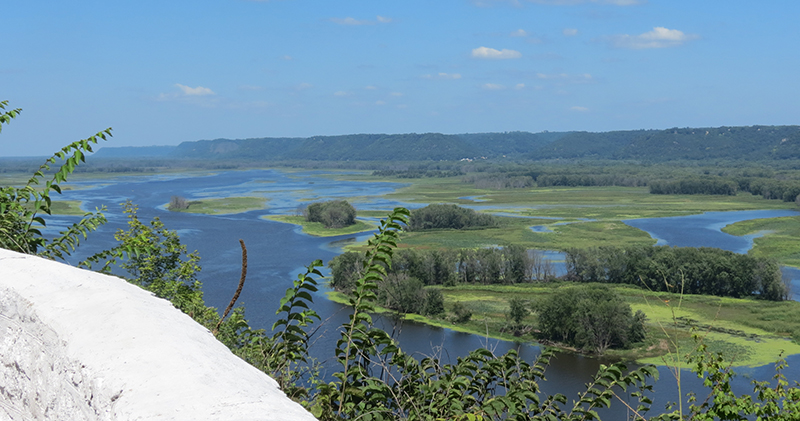
Muralt, Mississippi, and This Waning Summer

The new normal for me is getting comfortable with the expanding unpredictability of this region’s weather. I had convinced myself that the spring drought would lead to problems for the Kickapoo Valley wildlife and the area’s farmers. Early in the summer, everyone was talking about how nice a little rain would be but noted, with recent years’ destructive flooding in mind, that we should be careful what we wish for. Sure enough, after a month and a half without rain, we got what we wished for. The rain came mostly in timely showers the rest of the summer and the landscape and gardens were as lush and green as they’ve ever been. Oh, the river rose up over her banks a couple of times and caused some soggy problems for some folks, but overall the summer was well and carefully irrigated by Mother Nature.
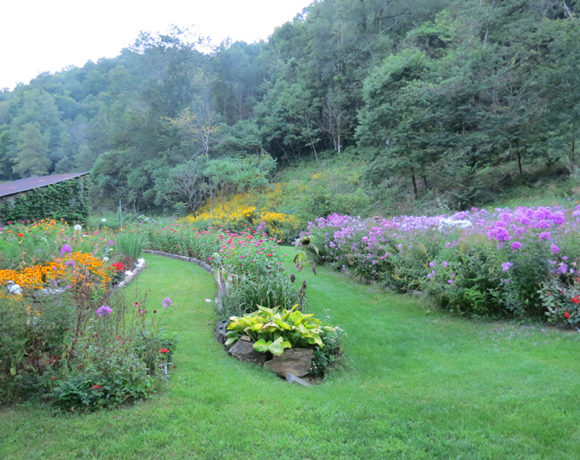
On July 15th, I spent the day with my favorite prairie enthusiast, Gary Eldred, visiting some of his favorite prairie haunts a few miles south of here. These rescued native grassland remnants are places where you can see some of the rarest natives plant communities in the state, plants whose ancestors go back hundreds if not thousands of years in the very spots we see them now.
Gary and I met up with our new friend, Patty Dreier, at Muralt Bluff Prairie State Natural Area in Monticello in western Green County. Gary had made plans with her to take a walk through Muralt Prairie a few miles southeast. Before we set off on our hike, Patty presented Gary with a very deserved plaque signifying his recent induction into the Wisconsin Conservation Hall of Fame. Big smiles all around and even a hug or two. Patty Dreier is the president of the board of directors for the hall of fame. She’s a very kind and gracious person with a good sense of humor and a hunger for as much knowledge of the natural world around her as she can get. Our stroll through Muralt was one I’ll always remember as being a perfect day. Blue skies and the panoramic view from atop the prairie bluff, and standing knee-deep in native wildflowers with two friends. Yes, it was a very good day.
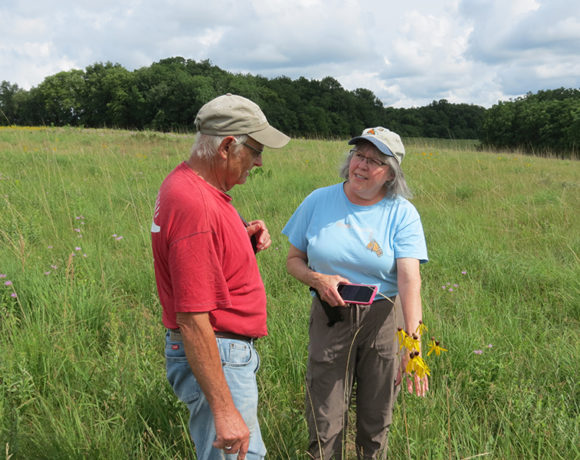
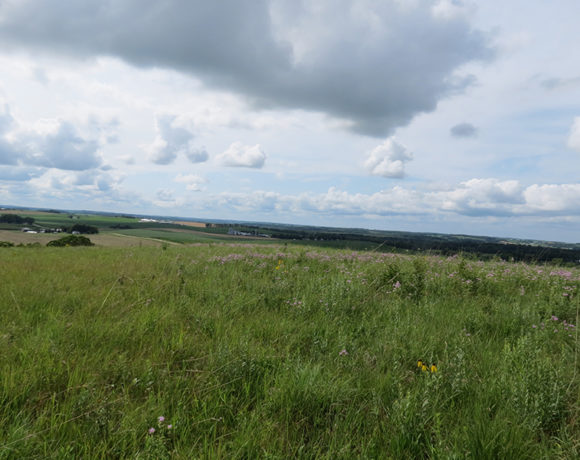
Gary discovered this beautiful site back in 1972, the same year I started writing a column called “Down Nature’s Trail.” With some good friends and a lot of hard work, Muralt became one of the first native prairies of its size in Wisconsin that Gary has saved. Gary has good reason to be proud of what he has done for the land and all who live on it. For him, it came intrinsically and he followed his heart. His lifelong efforts will always be here for all of us to enjoy.
How could one not love and revere these last remaining plots that once covered most of the southern third of what is now Wisconsin (not to mention the vast stretches of America’s central plains). I truly feel like I’m walking across sacred ground whenever I enter one of these hidden prairies, and each step is carefully taken with humble respect. Monarch butterflies pointed the way to their favorite flowers as we walked slowly along a patch of bright orange butterfly weed. As I stood and looked all around, I marveled at the colors of this diverse assortment of beautiful rare prairie flowers: Lovely downy gentians and milkwort, lead plant and thimbleweed, prairie brush clover and grassleaf goldenrod, rattlesnake master and showy trefoil, discolor (field thistle) and compass plant (silphium).
A sudden birdsong was vaguely familiar to me, then I spotted the small bird perched on a stalk of compass plant. I hadn’t seen a dickcissel for several years in my area and it warmed my heart to know there are still some of these little grassland birds nearby. The prairie has always been their home, and I’m grateful that this few acres of native prairie provides a habitat for them.
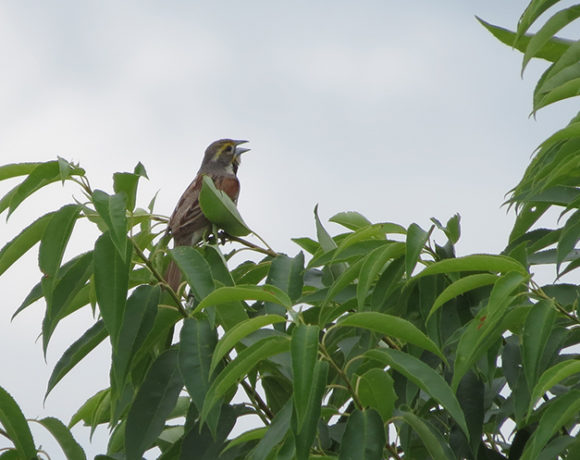
Each summer, I come across a handful of flying insects that I can’t easily identify, but this summer has been unusual in the abundance (to me) of such UFIs.
My favorite encounter this summer was a very large ichneumon wasp. She was in a pretty obvious place when I “spotted” her. Her large, black, four-inch-long body clung to a window right in front of me. It was her long, curved ovipositor that made her look even bigger, and it trailed behind her another six inches. A ten-inch-long insect is a pretty rare sight around here.
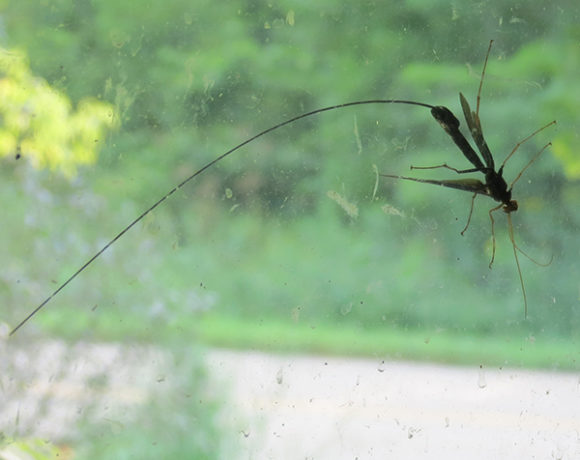
The prairie meadow south of my house is looking wonderfully green and lush. The whole eight acres is abuzz with busy insects as they gather pollen from the many prairie flowers. There are many times more pollinators this year than there have been in the past several years—a very good sign for all the life around us.
My pumpkin patch will give me about 20 good-sized pumpkins. There’re also some nice butternut squash and about a hundred sweet delicatas, and about 24 good-sized birdhouse gourds, which make nice gifts or bartering goods.
For only the second time I can remember, a hummingbird followed me into my screened-in back porch. I quickly grabbed my small butterfly net and had the tiny bird gently pressed against the screen. She gave a few soft, high-pitched cries as I held her in my hand—the second time in my life I heard a hummingbird cry. Outside again, I released her, and she buzzed out over the flower bed.
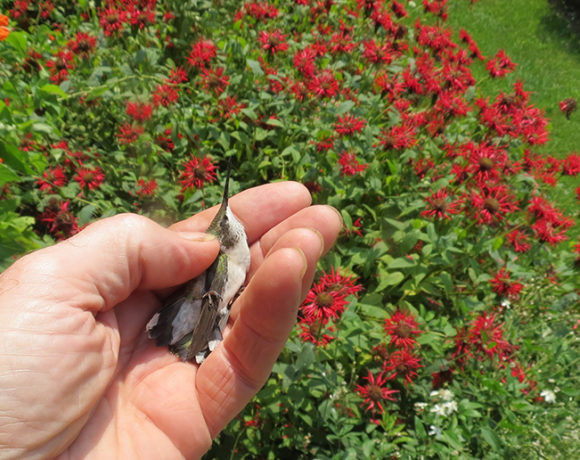
My beds of summer phlox were in bloom by the first week of August and the yard glowed in lavender and purple two weeks earlier than normal. I expected to see more than a few hawk moths at the phlox, but the moths never came. I fear the early bloom jumped the gun of the moths’ hatch, but it’s just a hunch. Who really knows the answers to these questions?
There seems to be a fine line between wishing for something and wishing it would stop. It seems to be uncomfortable either way. The Kickapoo River has been up and down all summer, but five inches of rain on August 9 caused some concern. Roads were closed and cattle were moved to higher ground. Some soybeans were ruined and hayfields flooded. Was it a sign of things to come? I don’t know. We take it one day at a time around here, especially farmers.
On August 15, a friend and I spent a day over along the Mississippi River. We crossed the bridge at Lansing, Iowa, and drove up on top of the bluff for a magnificent view of the river valley. That’s a sight everyone should see; it sticks to your imagination’s ribs like a meal served by Grandma.
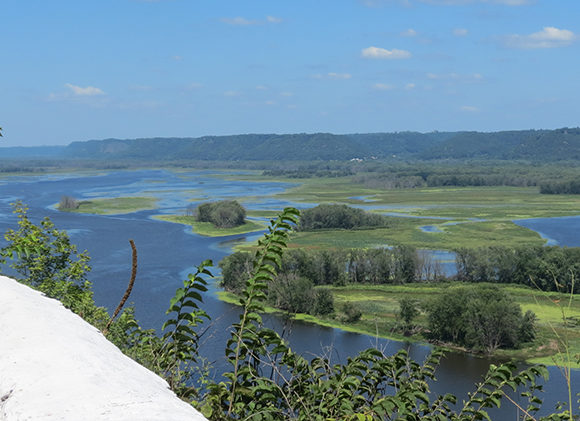
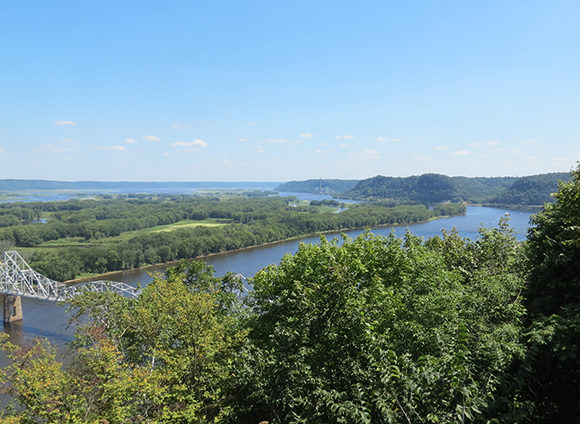
Beautiful tall stalks of bright red cardinal flowers lined the banks of the backwaters and the large blossoms of fragrant white water lilies nodded in the green ponds of still, dark water.
On September 1, I took some pictures of the three different kinds of pretty bottle gentians in the meadow. The blue stiff gentians are my favorites. They have spread from the seed I scattered over the years; sometimes it’s gratifying to plan ahead.
By September 10, the last of the summer fritillaries visited the meadow flowers. Their faded, tattered wings are a sign that they soon will be gone until next summer. There are a few monarchs drifting through on their long migration to warmer climates. It was a special treat to have them here with me all summer; I’m reminded to never take such beauty for granted.
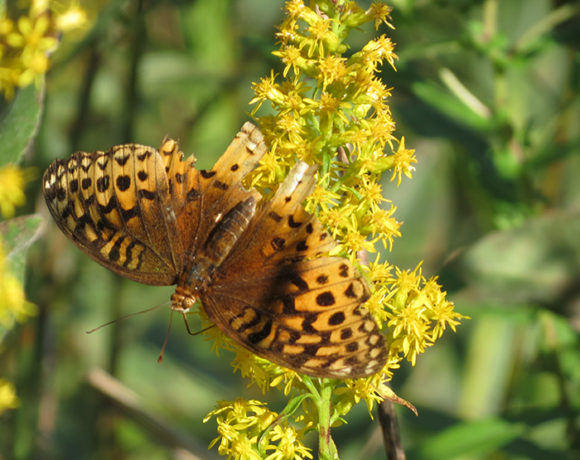
The white-tailed bucks will be coming into their rut soon. They band together in small groups for now, but soon they will challenge each other for the right to mate with the does in the area. It’s wise to slow down while driving this time of year—deer normally merely unpredictable near roadsides will become crazy-oblivious with love in the air.
Naturally Yours
Dan
